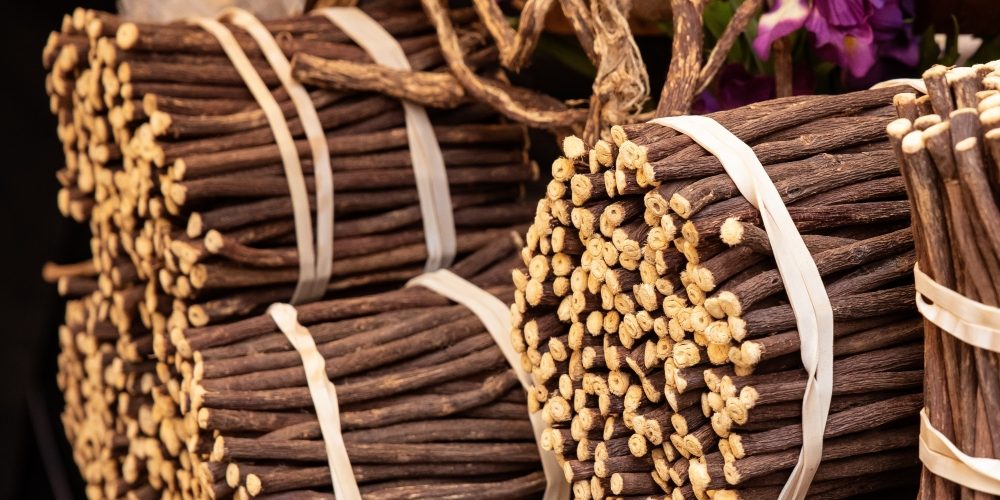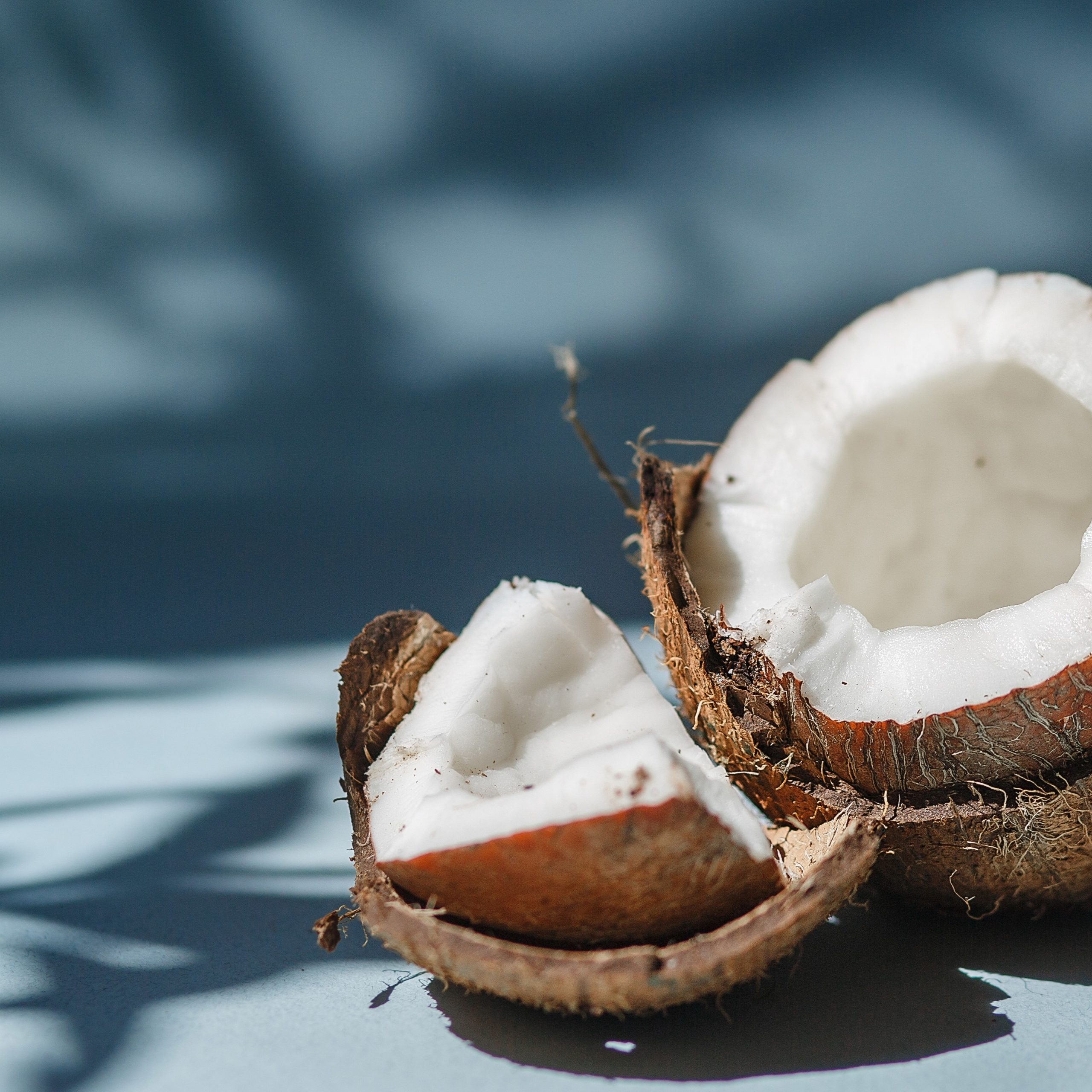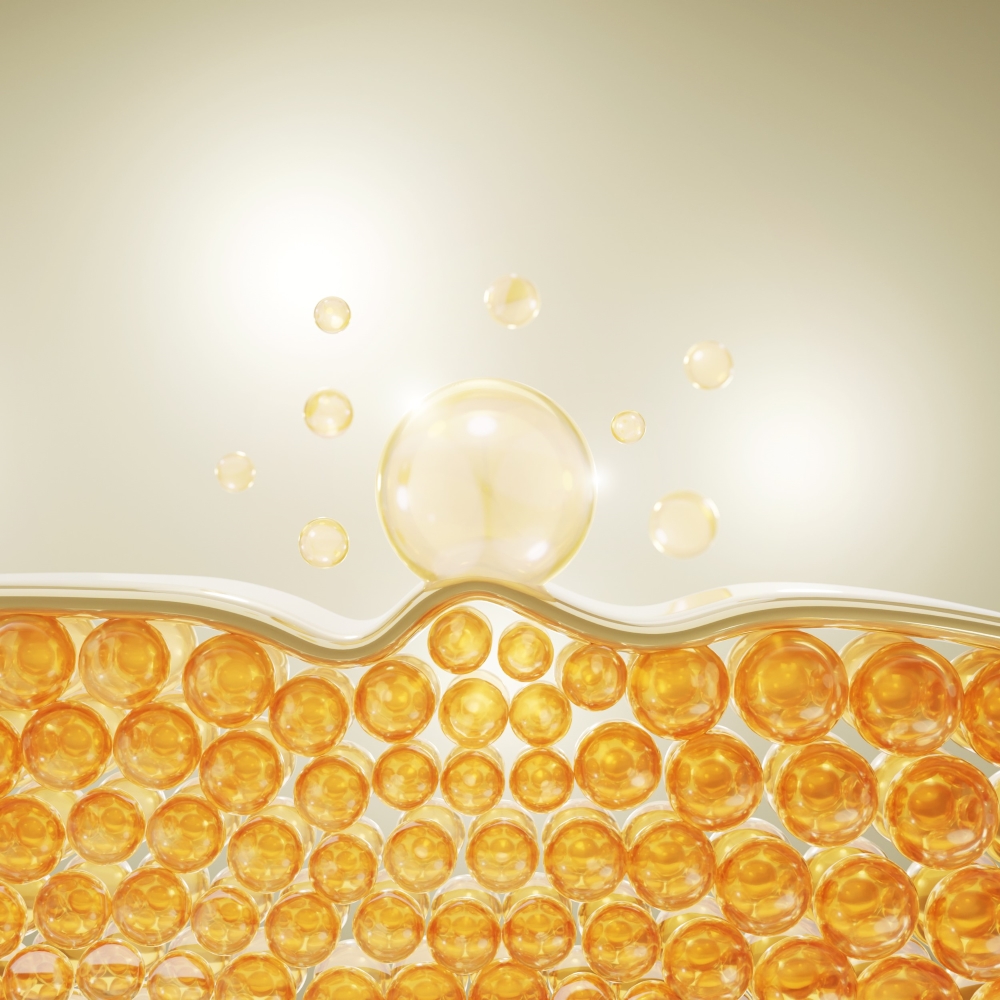Welcome to WordPress. This is your first post. Edit or delete it, then start writing!
The anti-inflammatory properties of licorice
October 24th, 2024

Discover the anti-inflammatory properties of licorice derivative products from our partner GANSU MEHECO IMPORT & EXPORT CO., LTD.
1.Mechanism of Inflammation:
- Topical inflammation occurs when cells are injured by factors such as the following:
- Environment (the drying wind, the scorching sun, etc.)
- Hypersensitivity to certain compounds
- Application of harsh chemicals to the skin such as deodorants or permanent wave solutions
- The injured cells release chemicals that attract white blood cells to phagocytize the irritants such as prostaglandin E2.
- Prostaglandin E2 is produced from the cyclooxygenase pathway of a complex set of chemicals reactions collectively called the arachidonic acid cascade.
- The arachidonic acid cascade is responsible for producing many inflammatory mediators as well as compounds that cause allergic and hypersensitivity reaction through the 5-lypoxigenase pathway.
2.Prostaglandin E2 Inhibition:
- Glycyrrhizin (active ingredient of licorice) inhibits prostaglandin E2 production.
- By incubating activated macrophages with glycyrrhizin, which produce prostaglandins E2 though the same chemical pathways as skin cells do, there is a decrease in prostaglandin E2 production.
- Prostaglandin E2 production is further inhibited the longer the glycyrrhizin is incubated with the activated macrophages.
- The longer the application of licorice products, the more anti-inflammatory activity it excerts.
3.Anti-Allergic and Hypersensitivity Effects:
- Topical allergic and hypersensitivity reactions caused by the arachidonic acid cascade are also inhibited by licorice products.
- Comparing the inhibitory effects of glycyrrhizin to l-epinephrine bitartrate, and dexamethasone, shows that glycyrrhizin has a definite effect in inhibiting allergic reactions yet has subtle effects compared to a prescription drug such as dexamethasone.
- Based on similar studies various eye drop products have been developed containing glycyrrhizin to soothe irritated eyes.
- Glycyrrhizin can also be formulated in eye products such as eye shadows, mascara, and eye make up removers to reduce the hypersensitivity they sometime causes.
4.Phospholipase A2 Inhibition:
- The direct inhibition of phospholipase A2 , which is responsible for initiating the arachidonic acid cascade and producing inflammatory mediators and products causing allergic and hypersensitive reactions, is one of the anti-inflammatory pathways by which glycyrrhizin excerts its activity.
- Inhibiting arachidonic acid release prevents it from being a substrate for either the cyclooxygenase enzyme (pathway which produces inflammation mediators) or the 5-lypoxygenase enzyme (pathway produces compounds that cause allergy and hypersensitivity reactions).
- By measuring the effect of glycyrrhizin on the phospholipase A2 activity mimicking a cell membrane with an artificial unilammellar liposome containing carboxyfluroescin (CF) (the greater the CF release, the greater the phospholipase A2 activity), glycyrrhizin was found to inhibit phospholipase A2 activity.
5.Hydrocortisone Potentiation:
- Licorice products excert anti-inflammatory activity by indirectly inhibiting phospholipase A2 by potentiating glucocorticoids such as hydrocortisone.
- Glycyrrhetinic acid is a potent inhibitor of the enzyme 11 beta-hydroxysteroid dehydrogenase (OHSD) which metabolizes the active hydrocortisone to inactive cortisone.
- By inhibiting the OHSD found in skin, glycyrrhetinic acid increases the half life of hydrocortisone to cause an anti-inflammatory action.
More information?
Do not hesitate to contact your sales representative at Summit Cosmetics Europe or send your request directly to contact@summitcosmetics-europe.com
Our latest news
-
February 11, 2025 GREASO™ COCOS : a self-emulsifier for the minimalist trendIn a cosmetic market driven by the demand for natural,...
-
November 20, 2024 Shaping the Future of Beauty: CQV’s Innovative Approach to Pearlescent Pigments and Sustainable SolutionIn the dynamic world of cosmetic ingredients, CQV Co., Ltd....
-
June 27, 2024 A range of innovative, high-performance active ingredients with proven efficacyDiscover our new range of active ingredients that meet the...


